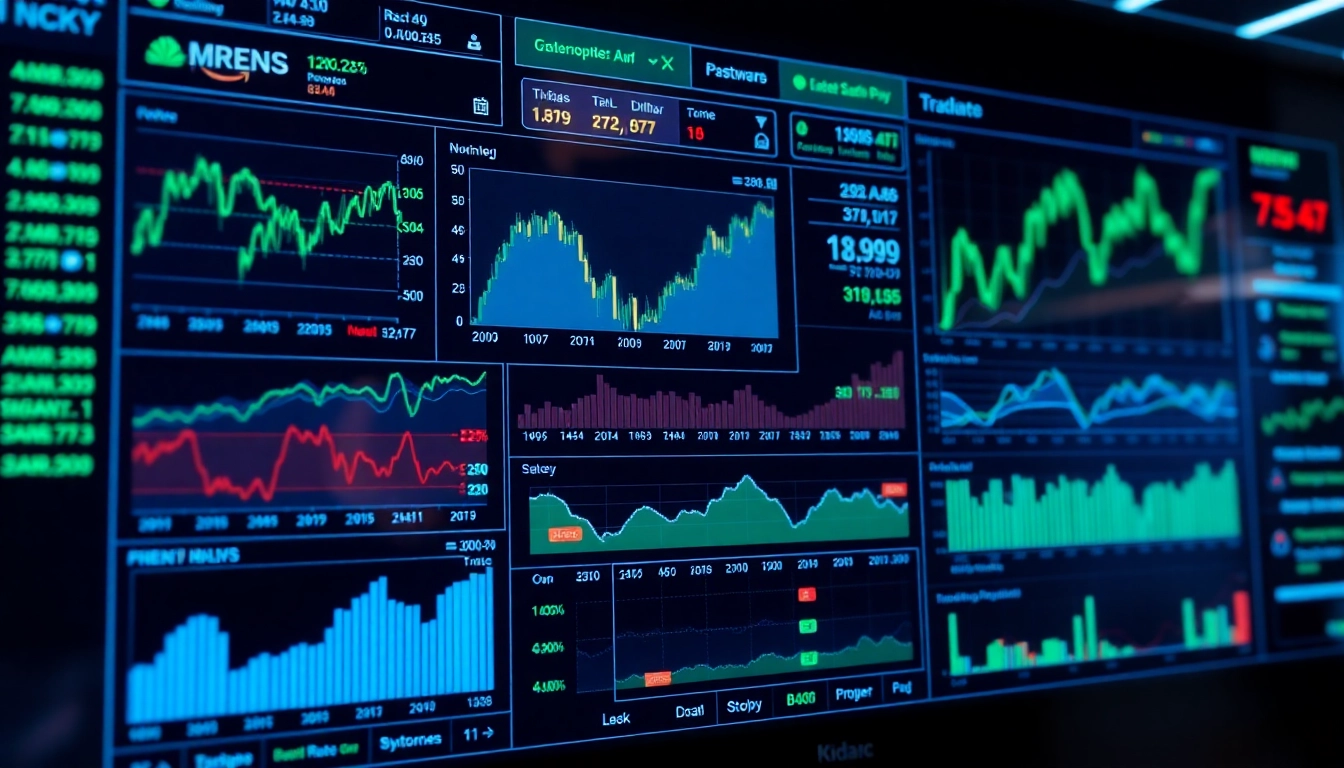Understanding Scissor Lift Rental: Key Features and Benefits
Navigating the complexities of modern construction, maintenance, and event management often necessitates safe and efficient access to elevated work areas. Among the most versatile and reliable solutions for such tasks are scissor lifts—powerful, stable, and adaptable aerial platforms. For many businesses and contractors, opting for scissor lift rental offers a practical alternative to purchasing, providing flexibility, cost-effectiveness, and immediate access to a wide range of equipment tailored to specific project needs. This comprehensive guide delves into the different types of scissor lifts available for rent, the advantages of renting versus buying, expert advice on selecting the right equipment, and best practices for safe and efficient operation, all geared toward helping you maximize productivity and safety in your projects.
Types of Scissor Lifts Available for Rent
Understanding the available types of scissor lifts is fundamental to choosing the right equipment for your project. Scissor lifts are generally categorized based on their power source, terrain capability, and design features, each suited to different operational environments.
Electric Scissor Lifts
Electric models are popular for indoor applications due to their quiet operation and zero emissions. They feature battery-powered motors, making them ideal for confined spaces such as warehouses, retail outlets, or indoor construction sites. Electric scissor lifts are lightweight, produce minimal noise, and require less maintenance, making them a cost-efficient choice for indoor projects where safety and environmental considerations are paramount.
Diesel and Gas-Powered Scissor Lifts
Designed for outdoor and rough terrain use, diesel or gas-powered scissor lifts provide higher power output and better load capacities. They are suitable for construction sites, outdoor maintenance, and large industrial projects. These lifts are durable, offer excellent mobility across uneven surfaces, and typically feature larger platforms for multiple workers or heavy equipment.
Rough Terrain vs. Indoor Models
Rough terrain lifts are equipped with all-terrain tires, four-wheel drive, and higher ground clearance to navigate challenging outdoor environments. Indoor models, by contrast, have smooth tires and compact designs to operate safely within enclosed, flat surfaces. Rental companies often stock both types, making it crucial to assess your site’s specific conditions before selecting equipment.
Narrow or Compact Scissor Lifts
Many rental providers now offer narrow or compact models designed for spaces with limited access. These lightweight lifts are ideal for indoor corridors, tight corners, or areas where space is constrained. They still provide the same height access as larger models but are easier to maneuver and transport.
Specialized and Hybrid Models
Progress in technology has led to hybrid scissor lifts that combine electric and diesel power sources, offering versatility for varied environments. Additionally, special features like foldable arms, lightweight chassis, or multi-directional mobility cater to niche applications, such as stage setups or complex construction sites.
Advantages of Renting Over Buying Equipment
Choosing rental over ownership presents several strategic advantages that financially and operationally benefit most organizations.
Cost-Effectiveness and Capital Savings
Purchasing a scissor lift requires a significant upfront investment, often running into thousands of pounds. Renting alleviates this financial burden, converting large capital expenditure into predictable operational expenses. Rental costs typically include maintenance, updates, and servicing, ensuring your equipment remains reliable without additional capital investment.
Access to a Wide Range of Equipment
Rental companies maintain extensive fleets that allow you to select the most appropriate lift for varying project requirements. Whether you need a small electric scissor lift for indoor work or a heavy-duty diesel model for outdoor construction, rentals provide flexibility without the need for large capital outlay or storage concerns.
Latest Technology and Equipment Upgrades
Equipment manufacturers constantly innovate, introducing safer and more efficient models. Rental providers regularly update their fleets, ensuring access to the latest safety features, controls, and ergonomic designs. This means your projects benefit from cutting-edge technology and compliance with evolving safety standards.
Maintenance, Support, and Reduced Downtime
Owning equipment involves ongoing maintenance, inspections, and repairs that can disrupt project timelines. Rental agreements typically include maintenance and support, minimizing downtime and ensuring that your lifts are always in optimal condition. Should a fault occur, quick replacement or repairs are often provided, reducing project delays.
Flexibility and Scalability
Projects often fluctuate in scale. Rental arrangements allow companies to scale equipment up or down based on project phases without long-term commitments or disposal concerns. This flexibility is particularly crucial for seasonal work, one-off projects, or expanding operations.
How to Select the Right Scissor Lift for Your Task
Making an informed choice about which scissor lift to rent is pivotal to project efficiency, safety, and cost management. This decision hinges on a thorough assessment of your specific needs, site conditions, and operational constraints.
Assessing Work Height and Reach Requirements
The primary factor is the height you need to access. Measure the maximum height of the work area and add a safety margin to ensure ample clearance. For example, if your work surface is at 8 meters, selecting a lift with a maximum platform height of at least 10 meters provides safety and flexibility.
Evaluating Surface Conditions and Terrain
Determine whether your site is predominantly flat or rough terrain. For outdoor uneven surfaces, rough terrain lifts with four-wheel drive and higher ground clearance are essential. Indoor flat surfaces allow for electric, compact models that are easier to maneuver and operate.
Considering Load Capacity
Account for the weight of workers, tools, and materials that will be on the platform. Overloading can lead to safety hazards and equipment damage. Always choose a lift with a capacity exceeding your maximum anticipated load.
Space Constraints and Access Points
Narrow spaces or complex access points demand compact, narrow-chassis lifts with low turning radius. Measure doorways, corridors, or other confined areas to ensure the lift will fit comfortably.
Power Source and Environmental Considerations
Indoor environments benefit from electric lifts due to zero emissions, minimal noise, and cleaner operation. Outdoor or contaminated environments might require diesel-powered models for durability and power.
Operational Duration and Frequency
Estimate how long you’ll need the equipment and how often it will be used. Long-term projects may benefit from weekly or monthly rental rates, while short-term needs might opt for daily or even hourly rentals. Discussing your schedule with your supplier can unlock cost savings through flexible rental packages.
Expert Tips for Selecting Equipment
- Always choose a slightly taller lift than your maximum height requirement to accommodate unexpected obstacles or adjustments.
- Prioritize safety features such as emergency descent, overload sensors, and stabilizers.
- Consult with rental providers about site-specific challenges; they can recommend the most suitable models and configurations.
Best Practices for Safe and Effective Use of Rented Scissor Lifts
Proper operation, maintenance, and adherence to safety protocols are vital to protect personnel and ensure project success.
Preparation and Site Assessment
Conduct a thorough site survey to identify potential hazards. Clear the area of obstructions and ensure stable ground conditions. Mark out safe zones to keep personnel clear of operating platforms and moving equipment.
Operating Procedures and Safety Guidelines
Train all operators on the specific model’s controls and safety systems. Always use personal protective equipment (PPE), including harnesses, helmets, and high-visibility clothing. Follow manufacturer instructions regarding load limits, movement, and height restrictions. Never override safety features or operate the lift beyond its designed capabilities.
Maintenance and Inspection Before Use
Perform pre-operation checks: inspect for visible damage, fluid leaks, tire conditions, and operational controls. Confirm that safety devices like emergency stop buttons, alarms, and levelling mechanisms are functional. Regularly scheduled maintenance should be documented and performed according to manufacturer guidelines.
Common Challenges and Solutions
- Unstable surfaces: Use suitable outriggers, stabilizers, or choose an appropriate rough terrain lift.
- Limited access: Select narrow models or those with foldable arms to navigate tight spaces.
- Operator training gaps: Provide comprehensive training and certification to ensure safe operation.
Cost Factors and Budgeting for Scissor Lift Rentals in the UK
Understanding the pricing landscape enables better budgeting and financial planning for your projects.
Rental Pricing Models and Average Costs
Rental costs typically depend on lift type, duration, and specifications. Daily rates in the UK can range from approximately £150 to £350, with weekly rentals often offering significant savings—around £600 to £1,800 depending on the lift model and features. Electric indoor lifts tend to be more affordable, whereas specialized, high-reach or heavy-duty models are priced higher.
Additional Fees and Insurance Considerations
In addition to the base rental fee, anticipate charges for delivery, pickup, fuel, damage waivers, and insurance. Some rental companies include basic insurance, while others require you to hold comprehensive cover, possibly increasing overall costs. It’s crucial to clarify the coverage details upfront to avoid hidden charges.
Cost-Saving Tips for Efficient Rental Management
- Plan ahead and reserve equipment early to secure advantageous rates and availability.
- Bundle rentals with other tools or equipment to negotiate discounts.
- Opt for longer-term rental agreements if your project spans several weeks—these typically display reduced daily rates.
- Ensure proper training and site preparation to minimize delays and operational errors, reducing extra costs.
Case Studies: Successful Projects Powered by Reliable Scissor Lift Rentals
Real-world examples underscore the importance of choosing the right equipment and following best practices for project success.
Construction and Renovation Success Stories
In a recent commercial renovation in London, a construction company rented high-reach electric lifts to expedite ceiling and facade work. The choice of electric lifts minimized indoor noise and emissions, enabling work during operational hours without disruption. The project was completed 20% faster than traditional methods, purely owing to the efficient access provided by the rental lifts.
Industrial Maintenance and Facility Upgrades
At a manufacturing plant in the Midlands, a team used diesel-powered rough terrain scissor lifts to replace outdated lighting and perform maintenance on high ceilings. The rugged model’s stability and power allowed safe operation over uneven surfaces, resulting in zero accidents and a significant reduction in downtime.
Event Setup and High Access Tasks
An outdoor concert venue utilized narrow electric scissor lifts to install lighting rigs and sound equipment at elevated heights. The compact design facilitated tight maneuvering around existing structures, ensuring timely setup and quality safety adherence, enhancing overall event management.
How to Book Your Scissor Lift Rental with Us
Step-by-Step Rental Process
- Assess your project’s requirements—height, terrain, load capacity, and duration.
- Request a quote from our experienced rental team, specifying your needs.
- Confirm availability and select the appropriate lift model.
- Complete the booking documentation and scheduling.
- Arrange delivery and setup at your site.
Delivery and Pickup Options
We offer flexible delivery and pickup services across the UK, ensuring equipment arrives promptly and is collected once your project concludes. Our logistics team coordinates to minimize site disruptions and optimize scheduling, especially for tight deadlines or complex sites.
Customer Support and After-Sales Service
Our dedicated support team provides ongoing assistance throughout your rental period. From operational guidance and troubleshooting to maintenance and safety updates, we are committed to ensuring your experience is seamless and successful.





